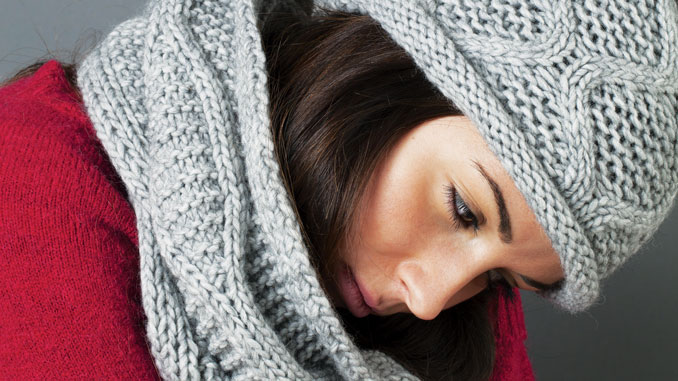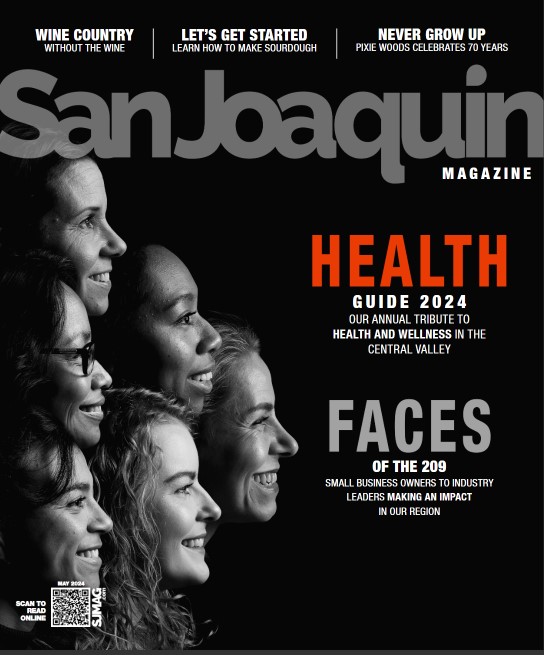
A Sense of Unease
With the holiday season finally over, many of us are left in the wake of houseguest clutter, or returning to our own homes after visiting others. But with all the hustle and bustle behind us, we are sometimes faced with a strong sense of unease that we’d been ignoring so well, tucked behind shopping lists and last-minute errands.
From anxiety to sleeping trouble, mood swings, fatigue and more, these complications are a common indicator of SAD. “Seasonal Affective Disorder (SAD) is a depressive disorder in which depressive symptoms follow the seasons of the year,” explains Dr. Cathy Francis, Psy D, MFT, and Social Services Director at St. Joseph’s Behavioral Health Center. “As the hours of daylight decrease, people affected with SAD’s symptoms of depression increase.”
Women are four times more likely to be affected by SAD than men, with symptoms beginning as early as late fall and lasting through the winter months. “The most common symptoms of SAD are tiredness, irritability, apathy, and trouble concentrating,” says Dr. Francis. The list continues, including physical aspects, such as weight gain and body aches. SAD can also showcase itself through crying spells, and social isolation.
The silver lining in this little black raincloud? SAD typically ebbs with the passing of the seasons. Researchers speculate that the reduction in sunlight in the fall and winter months is a major factor for the onset of SAD. With spring’s return comes abundant rays of sunshine. But Dr. Francis warns that: “If the symptoms get so bad that you are feeling hopeless, helpless, and entertaining thoughts of suicide, it is time to get professional help.”
Common treatments for SAD vary according to the case, but revolve around light therapy, talk therapy, and medication. “In light therapy, the client is instructed to sit under a lamp or get exposure to daylight. Light therapy can be prescribed for a specific amount of time and a specific time of day,” Dr. Francis states. “The more time a person with SAD sits at home alone in a dark [house], the worse they are going to feel.”
Those suffering from SAD are encouraged to exercise and eat a healthy diet, and to socialize with friends and family at least once a week.

